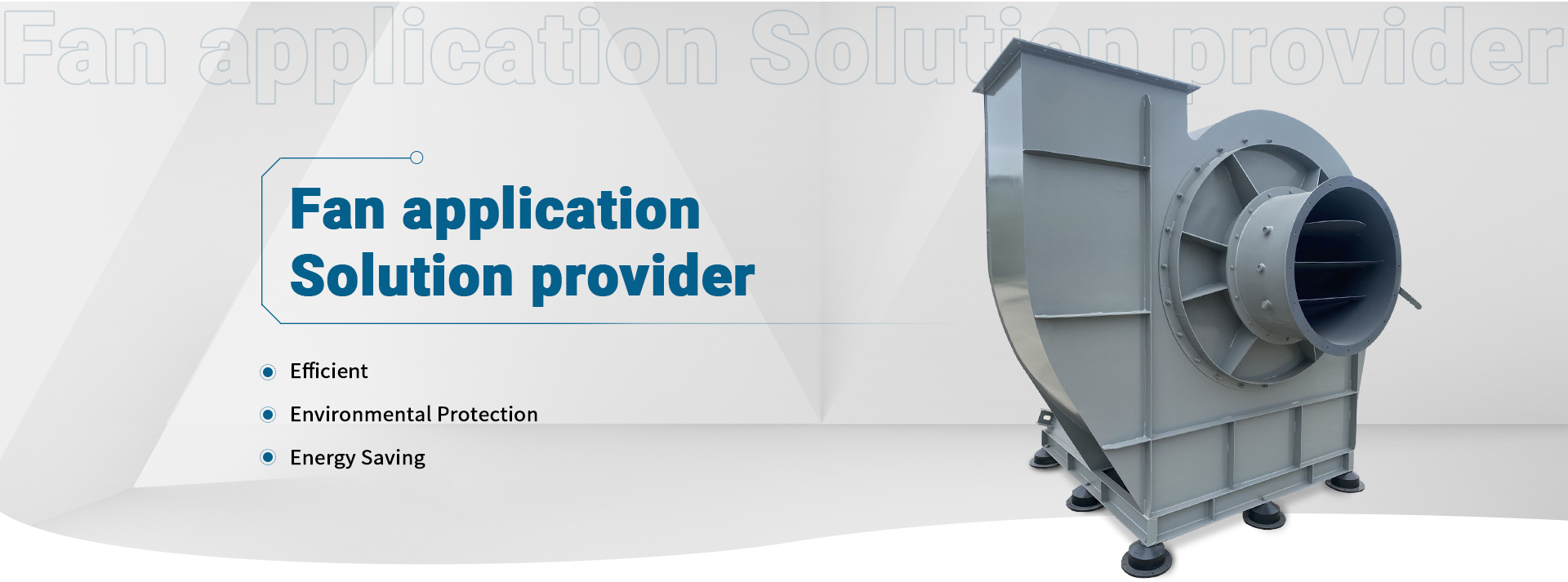Centrifugal fan is also called radial fan or centrifugal fan, which is characterized by that the impeller is contained in the motor driven hub to draw air into the shell and then discharge from the outlet which is 90 degrees (vertical) to the air inlet.
As an output device with high pressure and low capacity, centrifugal fans basically pressurize the air in the fan housing to produce stable and high-pressure airflow. However, compared with axial fans, their capacity is limited. Because they exhaust air from one outlet, they are ideal for airflow in specific areas, cooling specific parts of the system that generate more heat, such as power FET, DSP, or FPGA. Similar to their corresponding axial flow products, they also have AC and DC versions, with a range of sizes, speeds and packaging options, but usually consume more power. Its closed design does provide some additional protection for various moving parts, making them reliable, durable and damage resistant.
Both centrifugal and axial flow fans produce audible and electromagnetic noise, but centrifugal designs are often louder than axial flow models. Since both fan designs use motors, EMI effects can affect system performance in sensitive applications.
The high pressure and low capacity output of the centrifugal fan finally makes it an ideal airflow in concentrated areas such as pipes or ductwork, or used for ventilation and exhaust. This means that they are particularly suitable for use in air conditioning or drying systems, while the additional durability mentioned earlier allows them to operate in harsh environments that handle particulates, hot air and gases. In electronic applications, centrifugal fans are usually used for laptops due to their flat shape and high directivity (the exhaust air flow is 90 degrees to the air inlet).
Post time: Dec-22-2022



